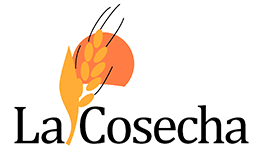Program Readiness/Effectiveness Site Evaluation Visits
Overview
Overview: As we collectively work towards high-quality, sustainable dual language programs and a K-12 pathway that supports these goals, there are three areas that demand our urgent attention: 1) cultural and linguistic equity and vitality including perceptions around language and culture learning; 2) family-school-community partnerships; and 3) leadership capacity-building.
Site visit evaluations are intended to provide a real-time profile of a school and/or district’s program implementation. Information is gathered from interviews, classroom observations, and achievement data. This triangulated analysis affords participants the opportunity to identify program strengths and areas in need of improvement relative to program planning, implementation, and alignment. The resulting patterns of information can be used to identify next steps for novice and veteran dual language programs alike.
Objectives:
As part of the visit, participants will establish a baseline profile generated from classroom observation, and stakeholder interviews that are intended to reveal how:
- daily linguistic equity and vitality are supported,
- family-school-community partnerships are working, and
- collective knowledge and capacity building are being developed to support the school community with key decision making related to program expansion, and DLE instruction.
The baseline profile will focus on three specific areas derived from the Guiding Principles of Dual Language Education, 3rd Edition (2018):
Program model: 1) instructional language and course offering 2) cross-content considerations – teacher planning and collaboration 3) horizontal and vertical alignment across classes and course offerings, etc.;
- Curriculum Components: 1) appropriate use of mandated curriculum 2) adequacy of instructional materials in both program languages 3) identification of additional curriculum and/or materials to ensure effective expansion of program; and
- Instructional Expectations – use of 1) sheltering/scaffolding of instruction 2) biliteracy approach 3) cross-linguistic transfer
Scheduling a Site Evaluation Visit
Site evaluation visits are typically scheduled at least three months in advance. If you would like more information or want to schedule a visit for your school/district, please contact:
José "Azul" Cortés, Director of Heritage Languages
Director of Heritage Languages
azul@dlenm.org
505-243-0648


